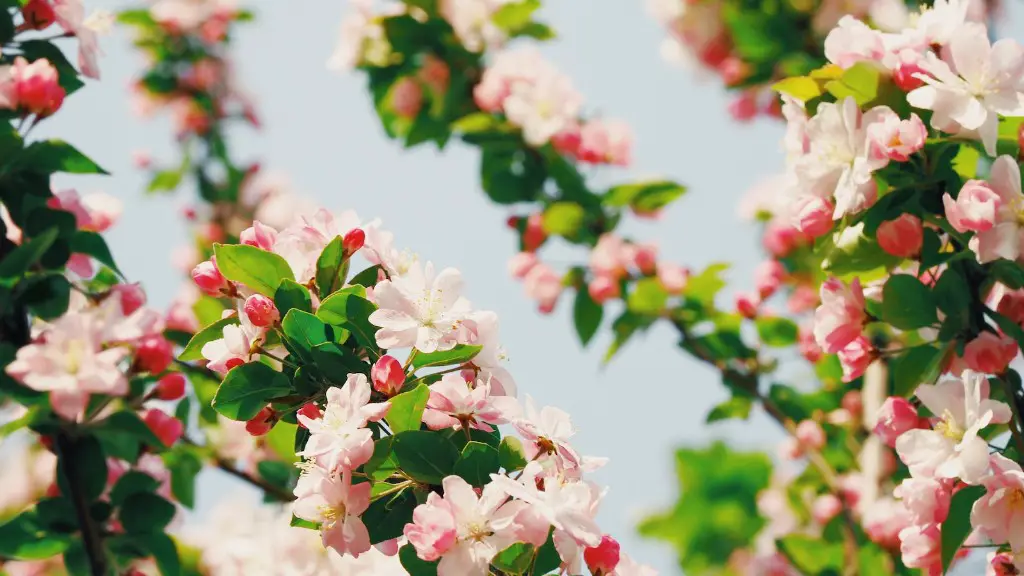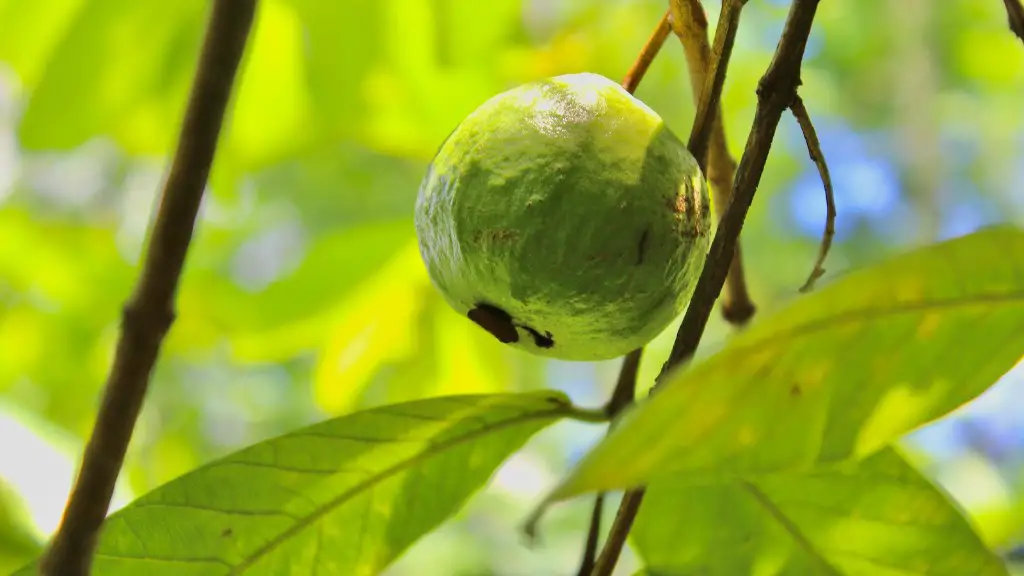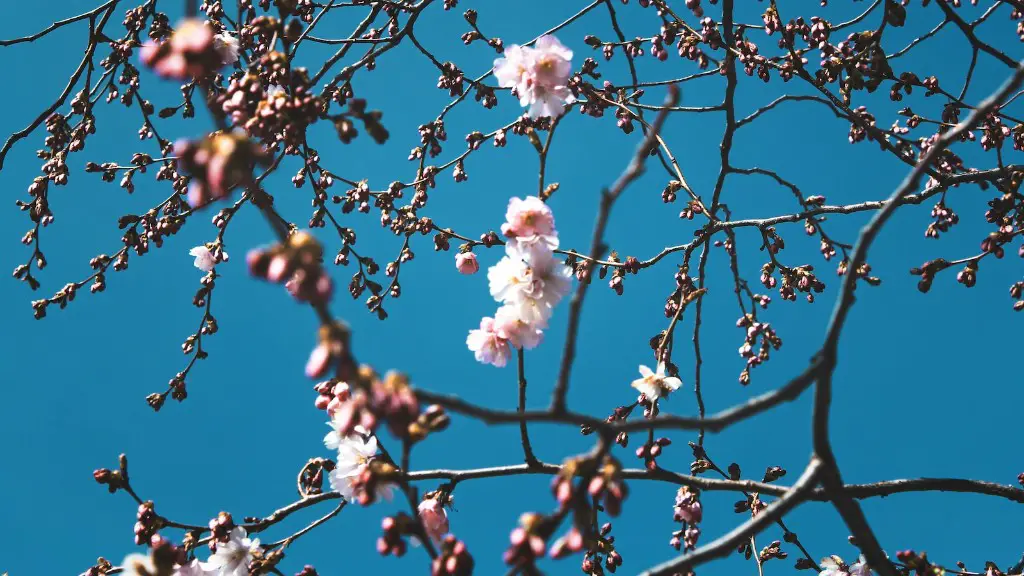Background Information
A cherry tree is an ornamental tree widely grown throughout the world for its beauty and delicious fruits. Although cherry trees can vary widely in size and shape, they typically flower in the spring before bearing fruit. The fruit is used in a variety of ways, from fresh eating to canning and preserving. So when does a cherry tree bear fruit?
Pollination
The first step to cherry tree fruiting is pollination. Cherry trees are self-pollinating, meaning that the same tree can produce fruit. However, a nearby cherry tree can also cross-pollinate your cherry tree and increase the amount of fruit produced. For cherry blossoms to produce fruit, they must be pollinated by bees, wind, or other pollinators. It’s important to provide a sufficient pollen source by keeping flowers on or near your cherry tree. This will help to ensure that the tree will be adequately pollinated, which increases the amount of fruit it produces.
Climate Conditions
Besides adequate pollination, cherry trees require the right climatic conditions in order to bear fruit. They prefer a warm, dry climate and generally grow best in spring and summer when temperatures are higher. Cherry trees also need plenty of direct sunlight to promote flower and fruit production. Typically, cherry trees can produce fruit in as little as three years.
Harvest Time
Once your cherry tree blooms, the fruits will set and gradually mature until it’s time for harvesting. Depending on the variety, cherry trees should be harvested between late May and late July. Sweet cherries should be harvested two to three weeks before they become too ripe, while sour cherries can be harvested as they become ripe.
Care and Maintenance
To ensure it produces a large crop of high quality fruit, your cherry tree needs to be properly cared for. This includes providing sufficient water, nutrients, and sunlight. Additionally, mulching and pruning are important practices to help your cherry tree remain healthy and thrive. Pruning encourages new branches to form, resulting in an increased number of blooms, which leads to more fruit.
Pest and Disease Prevention
To ensure a healthy fruit crop and a productive harvest, cherry trees need to be protected from pests and diseases. Regular inspections of the trees should be done as soon as the buds start to appear in spring. Additionally, an appropriate pesticide or fungicide should be applied to ward off any invading pests or diseases.
Harvesting and Storage
Once your cherry trees are ripe and ready to be harvested, it’s important to harvest and store them properly. To ensure the fruits stay fresh, it’s best to harvest them as soon as they are ripe and store them in a cool, dark place. If you plan to preserve or can the fruits, the best way to store them is in sterilized containers.
Pollination Techniques
Pollination is one of the most important steps in ensuring a successful cherry tree harvest. One of the best ways to ensure your cherry tree is adequately pollinated is to use a pollenizer, which is a variety of cherry tree with compatible pollen. Additionally, you can also hand-pollinate with a small paintbrush to ensure that each individual flower is pollinated.
Pruning and Training
Pruning is another important step to consider when caring for a cherry tree. Pruning ensures that your cherry tree is healthy and helps it to produce the best fruits. Pruning can also be used to train the cherry tree, ensuring it has a good shape and structure that is conducive to producing abundant fruits.
Fertilization
Fertilizers provide your cherry tree with the essential nutrients it needs to produce large and healthy fruits. For best results, fertilize your cherry tree in late winter or early spring, before bud break. It’s important to use the correct fertilizer for your tree, as too much can cause foliage damage and limit fruit production.
Soil Preparation
Finally, it’s essential to ensure that your cherry tree is planted in the right soil with good drainage. As cherry trees require adequate moisture for good fruit production, it’s important to prepare the soil before planting. Adding organic matter such as compost, manure, or peat moss can help improve soil drainage, which will ensure that your cherry tree has the water it needs to produce healthy fruits.


